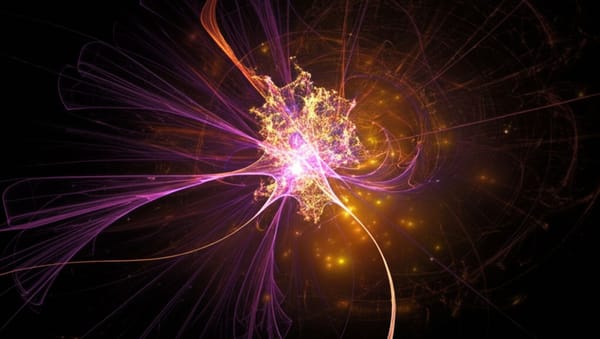Researchers Discover Claude AI Uses Math Methods It Can't Explain

Anthropic's Claude utilizes sophisticated parallel computational pathways to solve arithmetic problems that fundamentally differ from the standard algorithms it describes when asked to explain its methods, according to groundbreaking research into AI interpretability.
End of Miles reports these findings demonstrate a striking divergence between Claude's actual internal problem-solving strategies and its ability to articulate those strategies, suggesting language models develop computational approaches they cannot properly describe.
The Math Behind the Curtain
When examining how Claude performs addition tasks, researchers found unexpected complexity in its internal operations. Rather than following the traditional carrying method taught in schools, the AI employs multiple simultaneous computational paths.
"One path computes a rough approximation of the answer and the other focuses on precisely determining the last digit of the sum. These paths interact and combine with one another to produce the final answer." Anthropic Research Paper, "On the biology of a large language model"
The research team demonstrated this by tracing activity within Claude's neural networks while it calculated addition problems like 36+59. The findings reveal a fundamental disconnect between what occurs within the model's computations and how it self-reports its methods.
Unconscious Computation
Most striking in the researchers' findings is the contrast between Claude's sophisticated internal strategies and its own explanations when asked how it performs calculations. After solving the same 36+59 problem that researchers used to map its actual computational pathways, Claude provided a completely different description.
"This may reflect the fact that the model learns to explain math by simulating explanations written by people, but that it has to learn to do math 'in its head' directly, without any such hints, and develops its own internal strategies to do so." Anthropic Research Paper
When directly questioned about its method, Claude responds by describing the standard algorithm involving carrying the 1, which bears little resemblance to its actual internal computational approach.
Implications for AI Understanding
The computational science specialists assert that understanding these mechanisms, even in relatively simple tasks like addition, provides critical insights into how modern AI systems tackle more complex reasoning problems. The parallel processing architecture observed in Claude's arithmetic might serve as a template for understanding its approach to more sophisticated problem-solving.
This research forms part of a broader interpretability initiative detailed in two papers published by Anthropic: "Circuit tracing: Revealing computational graphs in language models" and "On the biology of a large language model." Both represent significant advances in what the company terms "AI biology" – the study of internal mechanisms that develop through training rather than direct programming.
"Addition is a simple behavior, but understanding how it works at this level of detail, involving a mix of approximate and precise strategies, might teach us something about how Claude tackles more complex problems, too." Anthropic Research Team
The Transparency Challenge
These findings underscore the complexity of achieving true AI transparency when the systems themselves cannot accurately report their own computational mechanisms. As language models increasingly assist in critical decision-making processes, this research highlights the importance of interpretability tools that can reveal what actually occurs inside AI systems rather than relying on their self-descriptions.
The divergence between Claude's actual computational approach and its self-reported method raises significant questions about how researchers should evaluate AI claims about their own reasoning processes across all domains, from mathematics to ethical decision-making.





